B2A-1132

B2A-1132
Horizontal Two Battery Air/Pneumatic Hot Plate Welder
The B2A-1132 is a horizontal heat platen orientation, pneumatic motion controlled hot plate welding system specifically designed for welding: one or two Standard Group size batteries 9"D x 14"W x 12"H (228mm x 355mm x 305mm) or smaller per welding cycle OR one Commercial Group size battery 9"D x 28"W x 12"H (228mm x 711mm x 305mm) or smaller per welding cycle.
This horizontal system's single motion (upper) tool mounting jaw makes automatic feed of the battery components into the equipment for welding and automatic out-feeding of the welded batteries possible via the system's built-in conveyor system.
The system design is ideal for welding: Battery covers to cases. Battery manifold covers to case covers.
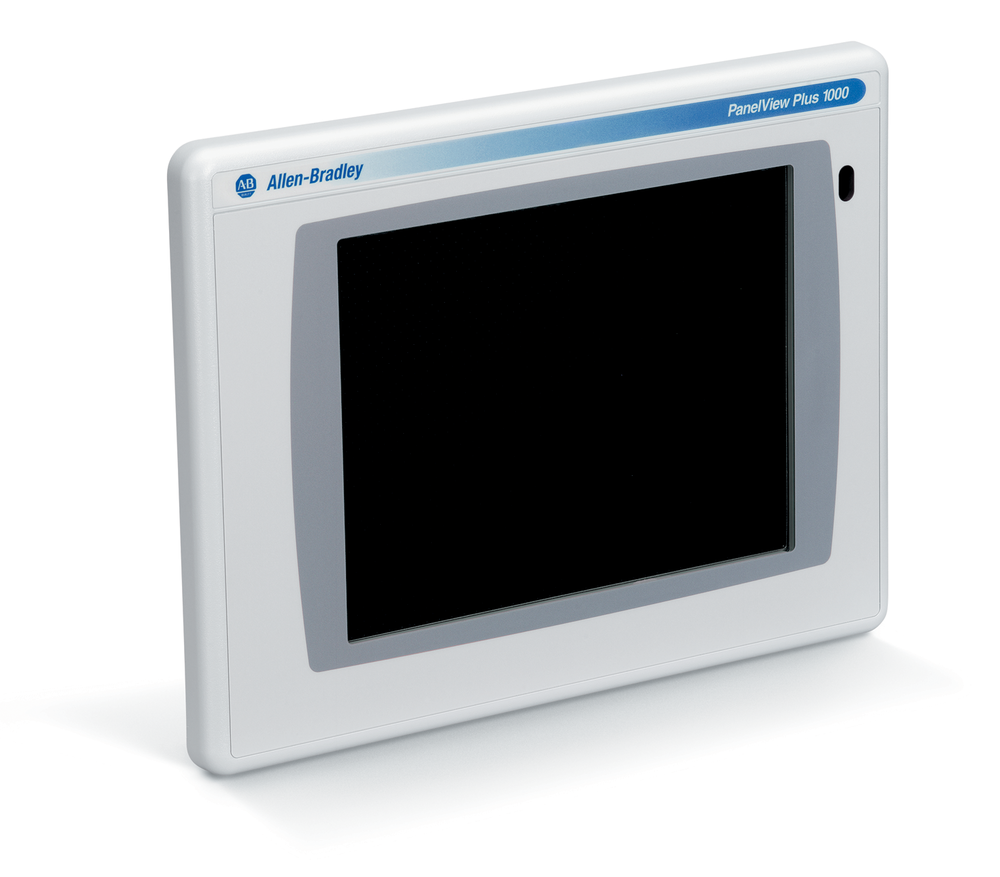
AB PanelView Plus 7 - 1000 Graphic Display Upgrade

Pneumatically Actuated 3-Sided Locator Assembly
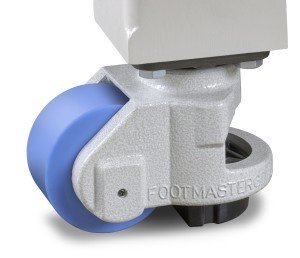
Heavy Duty Leveling Casters (Lg.)
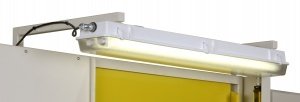
External Lighting (Lg.)

Hydraulic Motion Control
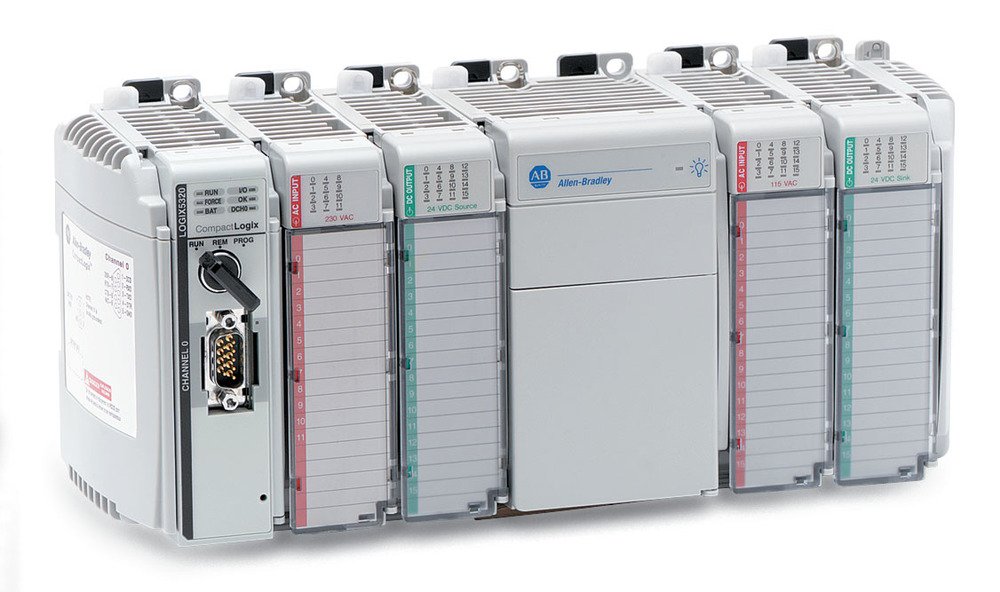
AB Compact Logix PLC Upgrade
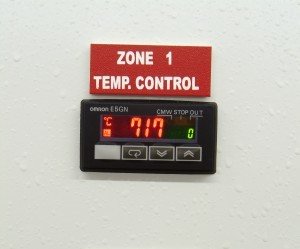
Heat Platen Pre-Heat Controller
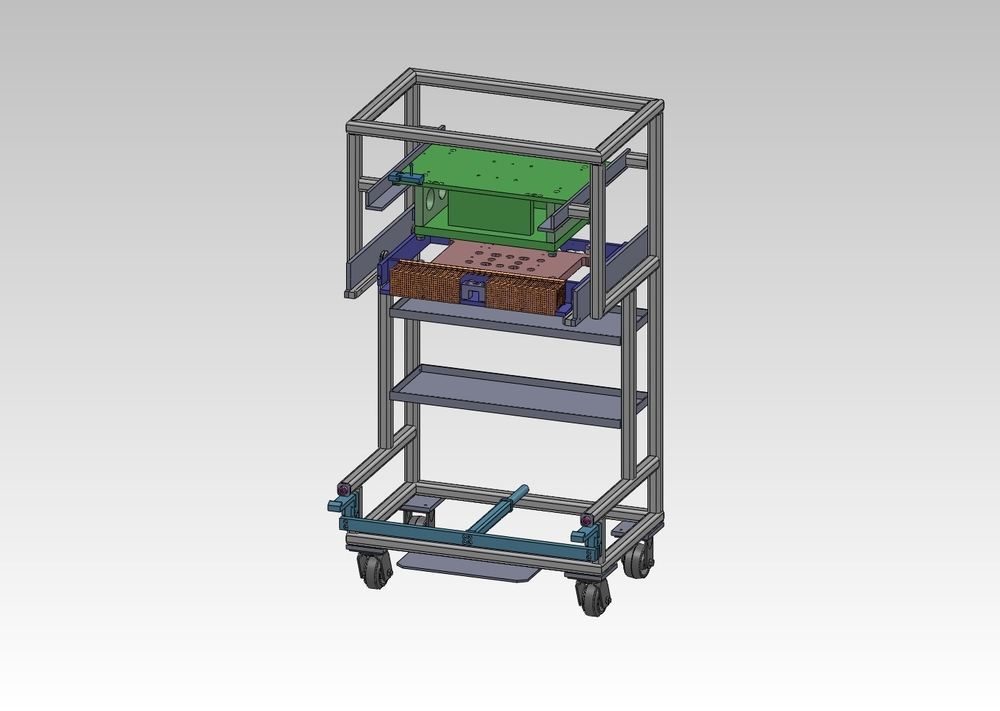
Heat Platen & Tooling/Fixture Storage Cart w/ Casters
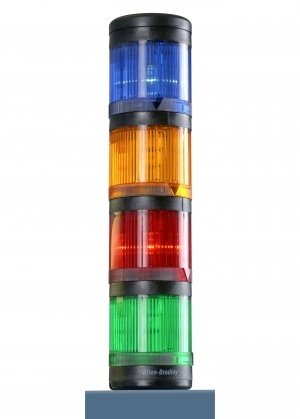
LED Four-Color Light Tower
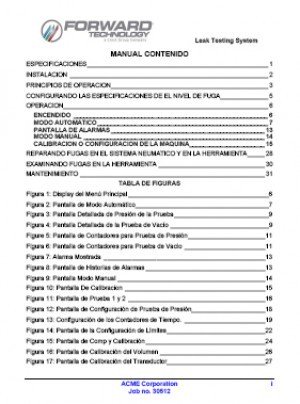
Bilingual Equipment Manual
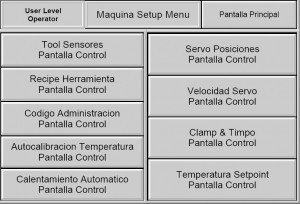
Bilingual User Interface Panel
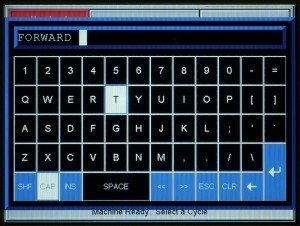
Individual User Passcode Log-In
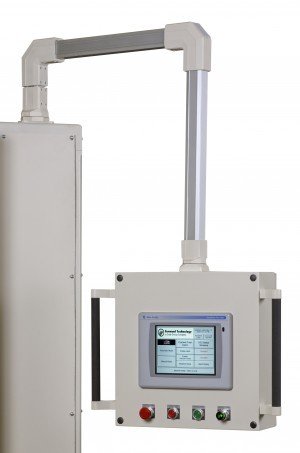
Pendant Arm Mounted User Interface
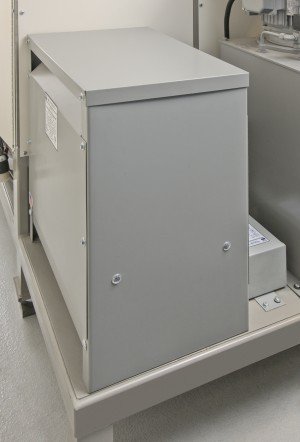
Special Operating Voltages Transformer
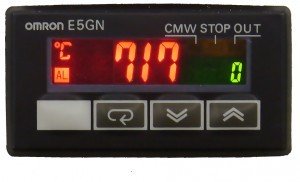
Additional Temperature Control Zone w/ Heater Burnout Alarm
- Pre-assembled unwelded battery covers & cases move down customer's assembly line conveyor to the in-feed diverter section of the welder's feed-thru conveyor.
- Unwelded battery assemblies are detected via a part presence sensor on the conveyor and are held against a mechanical stop within the in-feed diverter section of the conveyor prior to entry into welding positions.
- When already welded batteries have exited the welding area, the diverter assembly indexes one unwelded battery assembly at a time past the mechanical stop to allow passage of battery down the conveyor to the welding position.
- As battery assemblies move toward the welding area, part presence sensors on the conveyor detect their presence and pneumatically actuated stop blocks hold batteries in the correct position.
- When all batteries have entered the welding area and are detected in correct position by part presence sensors, a pneumatically actuated rear locator rail moves outward to position batteries against an opposing fixed front rail, squaring them in preparation for welding.
- Conveyor motion stops and welding cycle starts automatically.
- Upper holding fixtures descend downward and upper battery covers are automatically held with vacuum and/or mechanical grippers.
- Upper holding fixtures retract upward with upper battery covers.
- Heat platen advances forward between battery covers and cases.
- Heat platen descends and contacts lower battery cases.
- Upper holding fixtures apply upper battery covers to heat platen.
- Upper holding fixtures retract from heat platen.
- Heat platen raises from lower battery cases and retracts rearward.
- Upper holding fixtures apply upper battery covers & lower battery cases, welding batteries together.
- Upper holding fixtures release clamping mechanisms.
- Upper holding fixtures retract and welded batteries remain atop feed-thru conveyor.
- Pneumatic locator rail and conveyor stop blocks retract and conveyor motion starts.
- Welded batteries are indexed out of machine via feed-thru conveyor.
